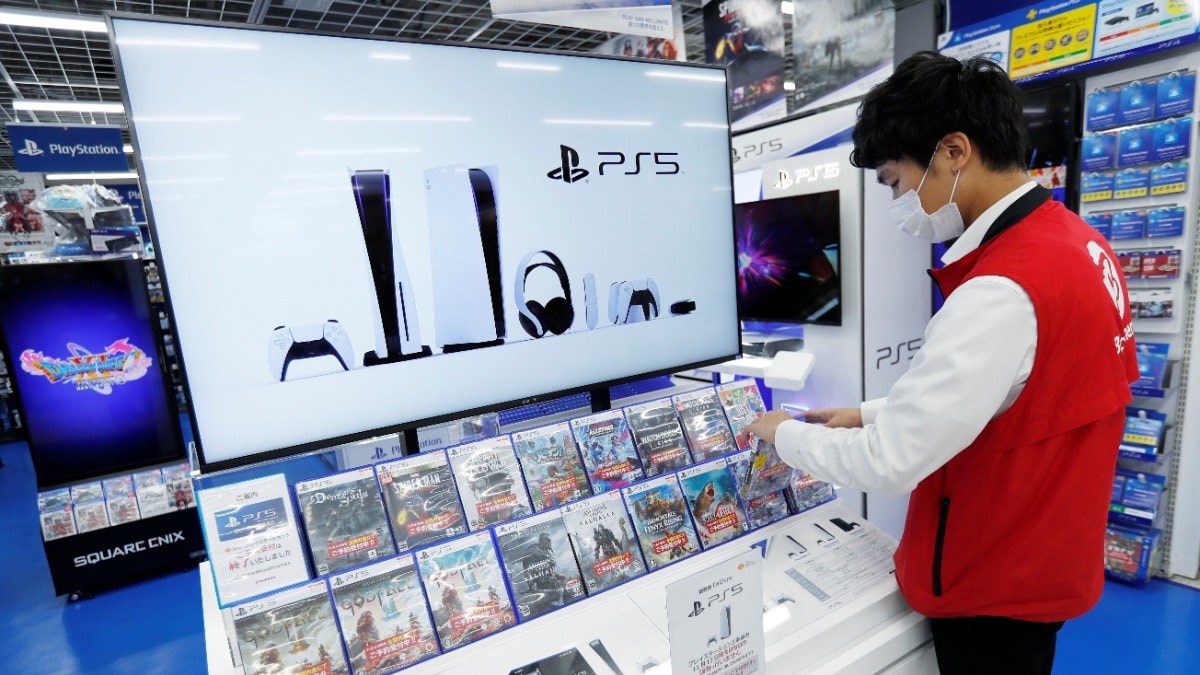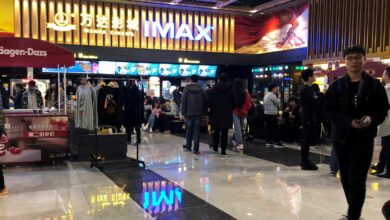How Intel Lost the Sony PlayStation Business

Intel lost a contract to design and manufacture Sony’s PlayStation 6 chip in 2022, a major setback for Intel’s efforts to build its contract manufacturing business, three sources with knowledge of the incident said.
Intel’s bid to beat out Advanced Micro Devices in a competitive bidding process to supply the design for its upcoming PlayStation 6 chip and Taiwan Semiconductor Manufacturing Co as a contract manufacturer would amount to billions of dollars in revenue and the production of thousands of silicon wafers per month, two sources said.
Intel and AMD were the final two candidates in the bidding process for the contract.
Winning the Sony PlayStation 6 chip design contract would have been a win for Intel’s design division, and also a win for the company’s contract manufacturing, or foundry, business, which was central to Intel CEO Pat Gelsinger’s restructuring plan.
Gelsinger announced plans for Intel to create a foundry unit in 2021, formally launching it at an event in San Jose, California, in February of this year. The PlayStation chip deal came out of Intel’s design segment, but would have been a boon to the foundry business’s financial performance following this year’s separation.
Here are the first details about the talks and how Intel lost out on the contract for Sony’s as-yet-unannounced next-generation game console.
Sony consoles typically sell more than 100 million units in half a decade. For a chip designer, the console business yields lower profits than the 50 percent-plus gross margins for products like artificial intelligence chips, but it still represents a stable business that can capitalize on technology a company has already developed. Sony’s business could also have helped boost Intel’s contract manufacturing business, which has struggled to find big new customers.
A dispute over how much profit Intel would get from each chip sold to the Japanese electronics giant blocked Intel from reaching a price agreement with Sony, two of the sources said. Instead, rival AMD was awarded the contract through a competitive bidding process that edged out others such as Broadcom until only Intel and AMD remained.
Talks between Sony and Intel lasted for months in 2022 and included meetings between the CEOs of both companies and dozens of engineers and executives.
In response to Reuters’ reporting on the PlayStation 6 talks and Intel’s failure to win the business, an Intel spokesperson said, “We strongly disagree with this characterization, but we are not going to comment on current or potential customer conversations. We have a very healthy customer pipeline across both our product and foundry businesses and we are fully focused on innovating to meet their needs.”
Sony and Broadcom did not respond to requests for comment. AMD declined to comment.
Backwards compatibility
Sony’s current generation of PlayStation consoles are powered by custom chips, which AMD has designed.
Sony announced the PlayStation 5 Pro last week, but has yet to reveal the next generation. Years after its 2020 launch, Sony said it sold 20.8 million first-generation PlayStation 5 systems in fiscal 2023.
Just as major tech companies like Google and Amazon rely on outside suppliers to design and manufacture custom AI chips, Sony relies on experienced design contractors to create the processors for its systems.
Console chip designs typically attempt to ensure backward compatibility with versions of the system, allowing users to play older games on the new hardware. The move from AMD, which made the PlayStation 5 chip, to Intel would have posed a risk of backward compatibility, which was a topic of discussion between Intel and Sony engineers and executives, the sources said.
Ensuring backwards compatibility with previous versions of the PlayStation would have been costly and would have taken technical resources. Allowing PlayStation users to play games they purchased for older systems is a feature Sony often includes in a next-generation system.
After missing out on the first wave of the AI boom dominated by Nvidia and AMD, Intel reported a disastrous second quarter in August. Intel announced plans to lay off 15 percent of its workforce to save $10 billion (roughly Rs. 83,843 crore) and has prepared a plan to reduce its capital expenditure on factory expansion, which has been a cornerstone of its foundry strategy.
Looking for a Marquee customer
The sudden departure of Lip-Bu Tan, a top board member, amid disagreements over Intel’s future added to the challenges facing the company as Gelsinger and other Intel executives presented plans to the board at a meeting last week, multiple sources said. Reuters reported on the planned board meeting earlier this month, citing a source familiar with the board discussions.
The possible plans include ideas about how to spin off businesses that Intel can no longer operate, Reuters reported. Executives are also expected to debate the future of Intel’s programmable chip unit Altera, including a possible sale, and expanding production in Germany.
Intel separated its design and manufacturing operations under Gelsinger’s leadership and has reported separate financial results since the first calendar quarter of this year. In April, the company reported $7 billion in operating losses for its manufacturing businesses.
Intel has struggled to find a major customer it can talk about publicly for its initial manufacturing process, known as 18A, which is open to other companies. If Intel had won the PlayStation 6 chip, it could have kept its foundry unit occupied for more than five years, two of the sources said.
Sony’s console business could have pumped in about $30 billion (roughly Rs. 2,51,529 crore) into Intel over the life of the contract, according to Intel’s internal forecasts, two of the sources said. The PlayStation 2 has sold about 150 million units since its launch in 2000.
According to two sources, a long-term deal with Sony would have helped attract major new customers for Intel’s contract manufacturing operations, as Intel continues to struggle to attract customers for its advanced 18A process.
© Thomson Reuters 2024
(This story has not been edited by NDTV staff and is auto-generated from a syndicated feed.)




